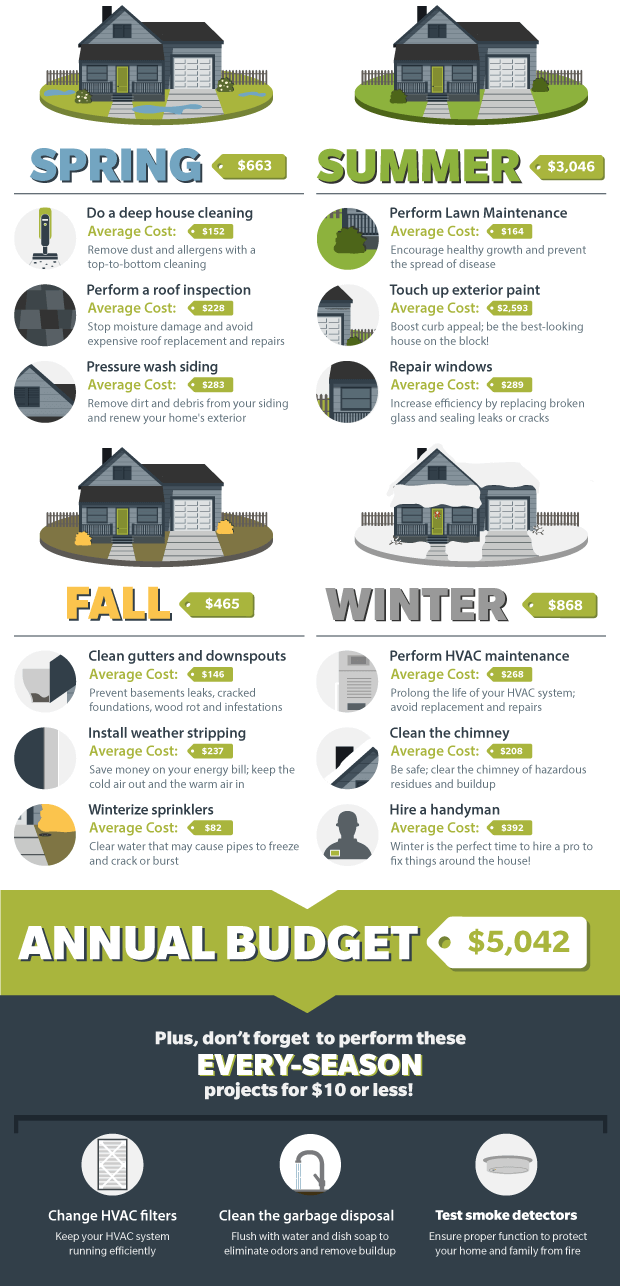Discover The Influence Of Different Climate Condition On Your Roofing System Installation To Guarantee A Top Notch Work
Discover The Influence Of Different Climate Condition On Your Roofing System Installation To Guarantee A Top Notch Work
Blog Article
Short Article Author-Bennett Hedegaard
When it involves roofing installations, the weather can make or damage the task. Imagine the stress of managing materials that won't coordinate because of extreme heat or fighting unsafe surfaces brought on by unexpected rain. Recognizing the impact of climate condition on your roof job is essential for an effective outcome. So, let's explore just how various weather condition elements can influence the top quality and sturdiness of your roof covering installment, ensuring a job well done.
Influence of Temperature Level on Roofing Installation
When it involves roof covering setup, temperature level plays a critical duty at the same time. The ideal temperature level for roof covering tasks normally falls between 45 and 85 degrees Fahrenheit. Extreme heat can trigger materials like tiles to come to be also flexible, resulting in possible damage throughout installment. On the other hand, chilly temperatures can make materials fragile and susceptible to fracturing. It's important to schedule roof covering setups throughout modest temperatures to make certain the best result.
During chillier weather condition, contractors may need to take extra precautions such as utilizing heated tools or enabling products to warm up before installation.
In contrast, heat may need work to be done previously or later in the day to avoid the peak temperature levels. By thinking about the temperature and its results on roofing products, you can help make sure a successful installment that will endure the aspects for years ahead.
Effect of Precipitation on Roof Projects
Roofing tasks can be significantly influenced by rainfall, impacting both the timeline and the top quality of the setup. Rain or snow can produce slippery conditions, making it unsafe for roofers to work on a wet surface area. Furthermore, dampness can jeopardize the attachment of products like tiles or underlayment, resulting in potential leakages or problems in the future.
If it rains throughout a roof covering job, the water can permeate right into susceptible areas, causing delays as the setup crew should wait for the roof to completely dry before continuing. Excessive wetness can additionally promote the growth of mold and mildew, more jeopardizing the stability of the roof.
To stay clear of these issues, it's suggested to arrange roof covering projects during drier periods or monitor the weather report closely to prepare around any prospective rainstorms. By taking https://roofinspections50059.techionblog.com/29902645/fascinating-understandings-into-the-surprising-advantages-of-changing-a-home-with-a-new-roofing-the-visual-impact-is-simply-the-starting to work in beneficial weather conditions, you can ensure a smoother and much more effective roof covering installment process.
Impact of Wind Speed on Setup Success
Throughout roofing system installment, the rate of the wind plays a critical role in determining the success of the task. High wind rates can pose considerable difficulties to roofers, possibly bring about safety and security risks and high quality concerns. When wind rates exceed suggested limitations, it ends up being challenging to manage materials, raising the risk of crashes and damages to the roof materials. Solid gusts can likewise affect the precision of dimensions and the accuracy required for proper installation.
To make sure a successful roof installation, it's essential to check and take into consideration wind speeds. Ideally, roofing installment ought to occur on days with low to modest wind rates. https://www.pbctoday.co.uk/news/hr-skills-news/roofing-accreditation-scheme/82865/ of the employees however likewise enhances the general top quality of the installation.
Roof covering projects arranged throughout tranquil weather conditions are more likely to be completed efficiently and with less mistakes. By taking notice of wind speed projections and preparing as necessary, you can help ensure a smooth and successful roofing installation procedure.
Verdict
So, when it comes to roofing system setup, bear in mind to take into consideration the weather to make sure an effective task. Optimum temperatures, completely dry conditions, and modest wind speeds are key factors to prioritize for a smooth setup procedure. By scheduling your task throughout the very best seasons and perfect weather, you can attain a resilient and durable roofing that will certainly protect your home for years to find.
